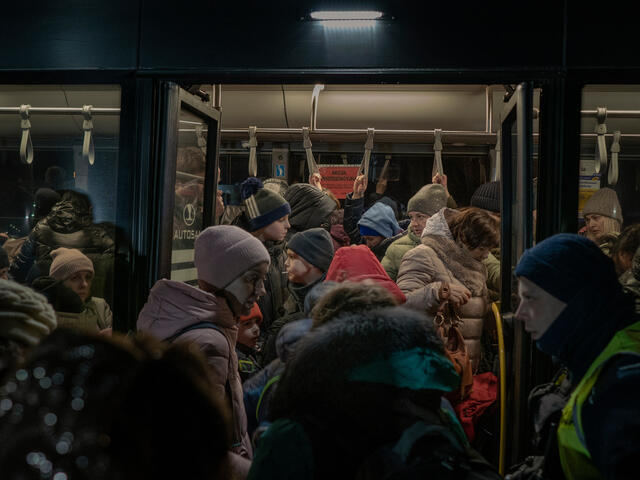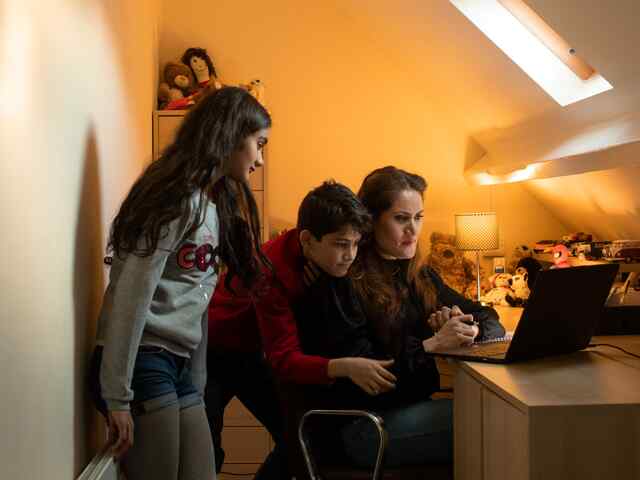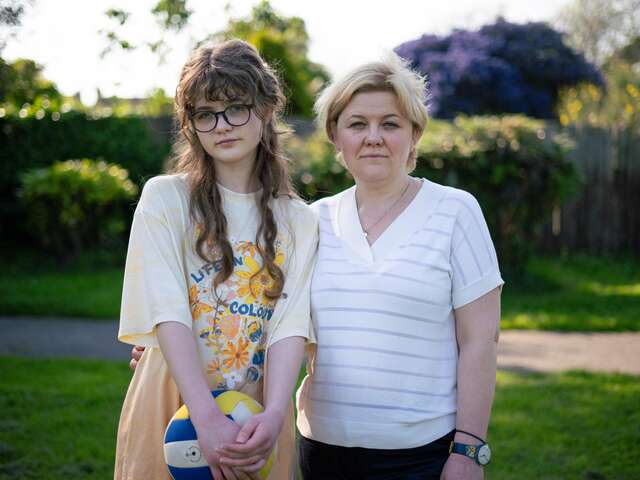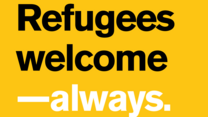Every day, people around the world make the difficult decision to leave their countries in search of safety and better lives. Why?
As of the end of 2023, there were 117.3 million forcibly displaced people worldwide, including refugees, asylum-seekers, internally displaced persons, and others in need of international protection.
These people make up part of a wider group of people on the move. For those on the move - whether forcibly displaced or not - many are looking for jobs or an education, or to be with loved ones.
Here’s a closer look at the distinct differences between a refugee, asylum seeker, migrant and immigrant.
Who is a refugee?
A refugee is someone who has been forced to flee their home because of war, violence or persecution, often without warning. They are unable to return home unless and until conditions in their native lands are safe for them again.

An official entity such as a government or the United Nations Refugee Agency determines whether a person seeking international protection meets the definition of a refugee, based on well-founded fear.
Those who obtain refugee status are given protections under international laws and conventions and lifesaving support from aid agencies, including the International Rescue Committee.
Who is an asylum seeker?
An asylum seeker is someone who is also seeking international protection from dangers in their home country, but whose claim for refugee status hasn’t been determined legally.
Asylum seekers must apply for protection in the country of destination—meaning they must arrive at or cross a border in order to apply.
Then, they must be able to prove to authorities there that they meet the criteria to be covered by refugee protections. Not every asylum seeker will be recognised as a refugee.

There are many reasons why people are forced to leave their homes, from fleeing war and persecution or escaping famine and poverty. Many have endured intense hardship, for example, those who travel through Libya are at risk of abuse, sexual violence and exploitation along their journeys. If people do manage to reach the shores of Europe or the UK, they are already extremely vulnerable.
It is important to remember that it is not illegal to seek asylum in the UK. The 1951 Refugee Convention, of which the UK is a signatory, stipulates that people can seek asylum in any country they choose. Once people arrive in the UK, they’ll go through a rigorous process during which their asylum cases are assessed before being allowed to remain.
Who is a migrant?
A migrant is an umbrella term which does not have a legal definition under international law. It usually describes someone who has left their home, either within their country or across borders. This can be temporary or permanent and can be due to various reasons.
For example, some migrants may feel they have no choice but to leave their homes due to political unrest, poverty or other serious circumstances which may make returning unsafe. Others voluntarily leave for reasons such as education, seasonal work opportunities or to join their families.

Who is an immigrant?
An immigrant is defined as someone who has left their home and settled in a new country with the intention of living there permanently. Their reasons for wanting to move can also be different.
Immigrants often go through a lengthy vetting process to immigrate to a new country. Many become lawful permanent residents and eventually citizens.
As there are no single definitions of the terms in law, ‘immigrant’ and ‘migrant’ are often used interchangeably.
Learn more
- What are safe routes in the UK? Four common myths explained
- Refugee FAQs: Key questions answered
- Refugee facts and statistics
What is the International Rescue Committee?
The International Rescue Committee (IRC) helps people affected by humanitarian crises to survive, recover and rebuild their lives. Founded in 1933 at the call of Albert Einstein, we now work in over 40 crisis-affected countries as well as communities throughout Europe and the Americas.
Helping refugees rebuild in the UK
In addition to helping those in crisis and conflict zones, the IRC also helps refugees in the UK, where we provide orientation programming and employment support to help people recover and start to rebuild their lives.




